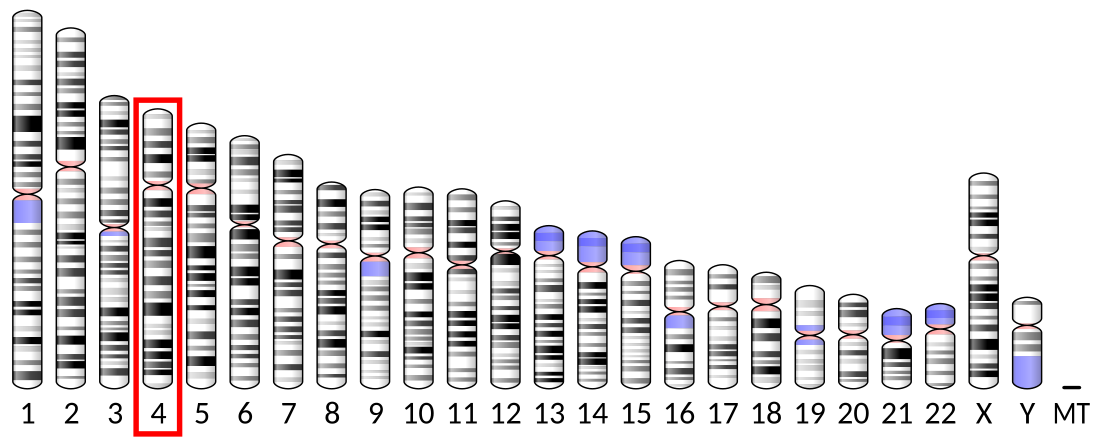Top Qs
Timeline
Chat
Perspective
PCDH7
Protein-coding gene in the species Homo sapiens From Wikipedia, the free encyclopedia
Remove ads
Protocadherin-7 is a protein that in humans is encoded by the PCDH7 gene.[5][6]
This gene belongs to the protocadherin gene family, a subfamily of the cadherin superfamily. The gene encodes a protein with an extracellular domain containing 7 cadherin repeats. The gene product is an integral membrane protein that is thought to function in cell–cell recognition and adhesion. Alternative splicing yields isoforms with unique cytoplasmic tails.[6]
Remove ads
References
Further reading
Wikiwand - on
Seamless Wikipedia browsing. On steroids.
Remove ads







